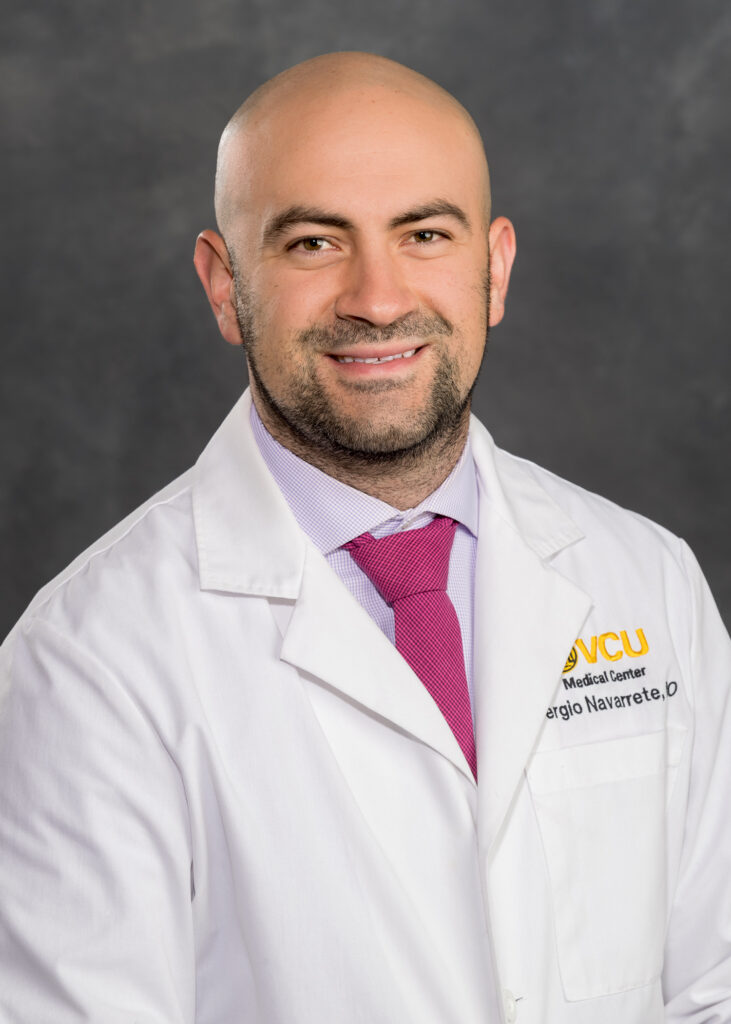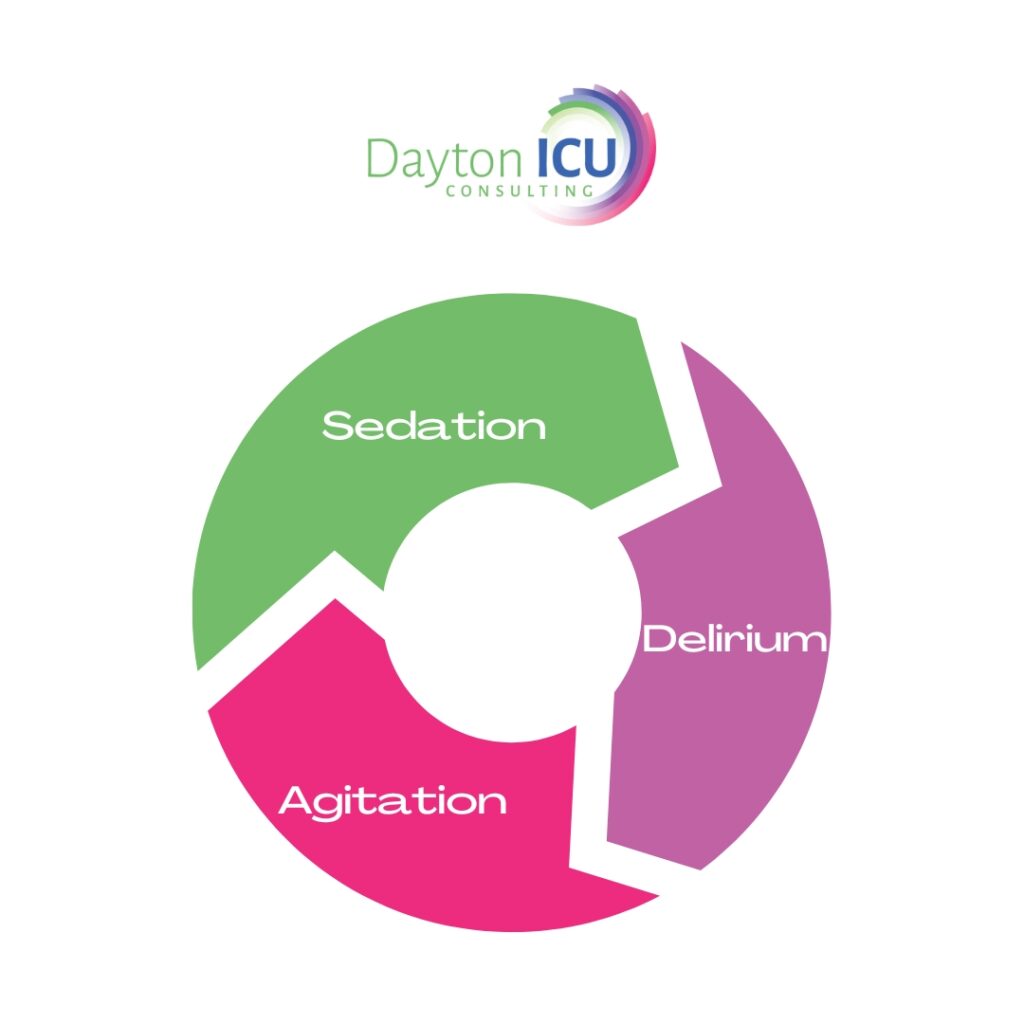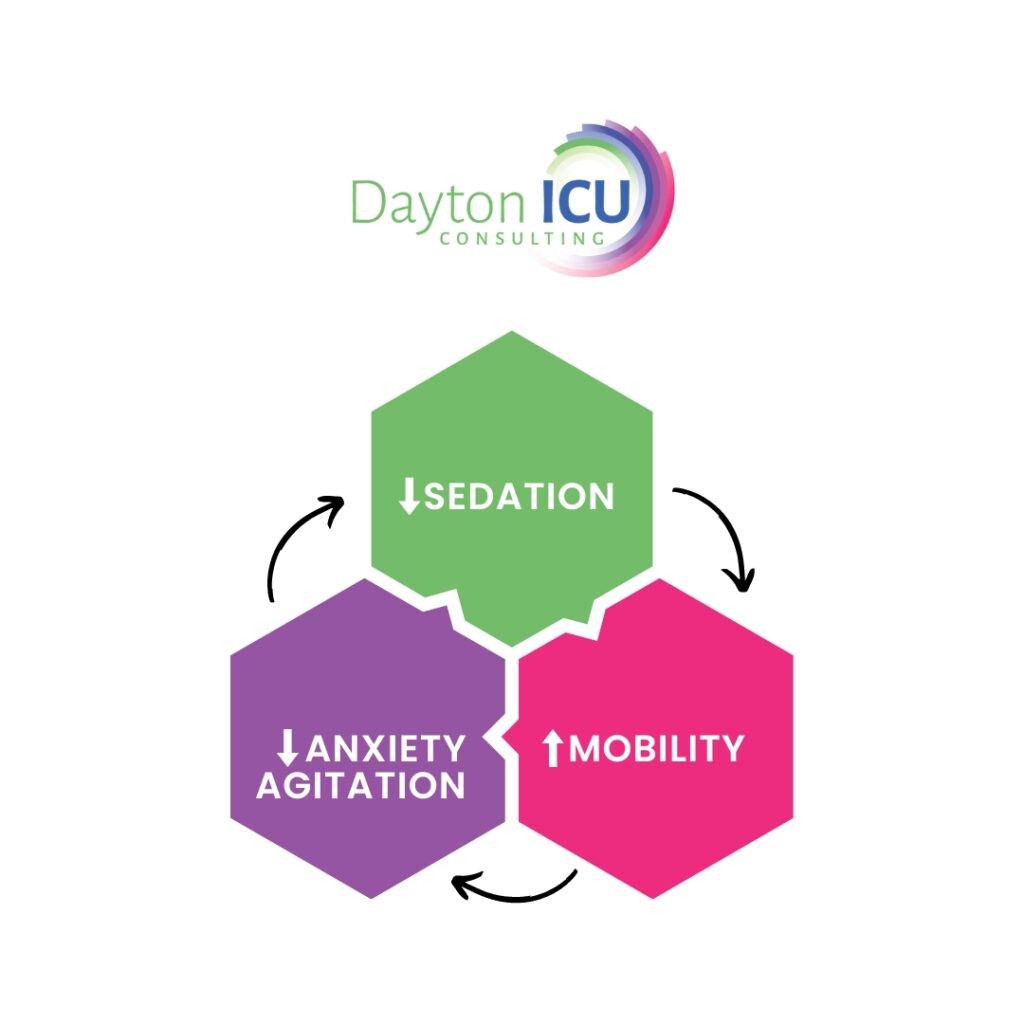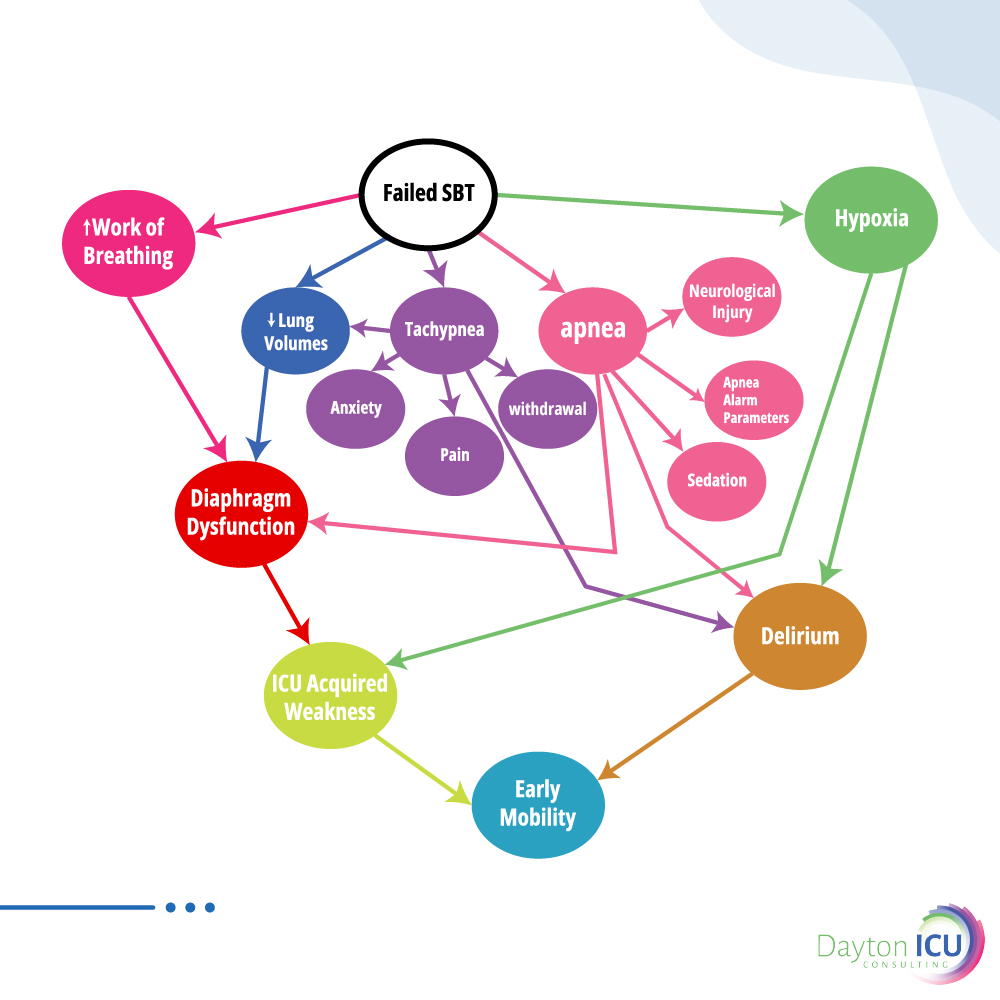Podcast: Play in new window | Download
Subscribe: Apple Podcasts | Spotify | Android | Pandora | iHeartRadio | TuneIn |
We discuss transfusion reactions, risks, and management, including infection, consent, TRALI, TACO, and hemolytic reactions—with Dr. Joe Chaffin (@bloodbankguy), the “Blood Bank Guy” and transfusion medicine specialist.
Learn more at the Intensive Care Academy!
Find us on Patreon here!
Buy your merch here!
Takeaway lessons
- The risk of transfusion-related infection (HIV, hepatitis B, and hepatitis C) is around 1 in 3 million.
- Acute hemolytic transfusion reactions (usually due to clerical errors or unit mix-ups) occur about 1 in every 75 or 76 thousand transfusions. Mortality is only one per million or so, however.
- Simple febrile transfusion reactions occur about 1/100-300 transfusions.
- Transfusion is always slightly immunosuppressing, perhaps increasing risk of post-op infection, cancer recurrence, etc. This effect is real, but small and not easily quantified.
- Urticarial reactions (hives) seem trivial to clinicians, but can be very frightening to patients, even causing them to refuse future transfusions.
- 80% of hemolytic reactions initially present with only fever, perhaps some chills. There is no way to differentiate from non-hemolytic febrile reaction at this stage. While the odds favor a non-hemolytic reaction, if you presume this and continue your transfusions, you are relying on luck, and you will eventually be wrong, which would be an indefensible medical error.
- Once a hemolytic reaction is obvious, you waited too long. The main determinant of mortality after hemolytic transfusion reaction is the volume of blood transfused.
- Typical workup for a febrile, possible hemolytic reaction is to confirm the labels and clerical match, then return the blood to the blood bank, where they will check patient blood for hemolysis, direct Coomb’s, and usually repeating the ABO/Rh testing. This can cause a delay in transfusion and maybe loss of the unit of blood; by typical regulations, once blood is removed from the blood bank or portable cooler, it must be transfused within 4 hours or wasted.
- The hallmark of ABO mismatch is severe intravascular hemolysis. Most other hemolytic reactions yield extravascular hemolysis, e.g. in the spleen. Cytokine storm will be be seen. Compared to the myoglobin released in rhabdomyolysis, the free hemoglobin released in intravascular hemolysis is not quite as nephrotoxic (the resulting AKI may be more related to shock than from direct toxicity).
- Hemolysis is only destructive to the transfused blood, so anemia per se generally does not develop. One exception can occur in sickle cell patients, where transfusion can induce a “hyperhemolysis” phenomenon where native red cells are also hemolyzed.
- Mortality from acute hemolytic reactions is fairly low in previously healthy patients. Patients already critically ill may not do as well.
- TRALI is mostly diagnosed by consensus criteria. “Definitive” TRALI (there is no longer a less definite category) is defined as:
- No evidence of lung injury prior to transfusion
- Onset within 6 hours after end of transfusion
- P/F ratio <300 or SaO2 <92% on room air
- Radiographic evidence of bilateral infiltrates with no evidence of left atrial dysfunction
- The challenge when hypoxia occurs after transfusion is usually to distinguish TRALI from TACO. The latter is mere volume overload; the former occurs when pre-existing inflammation primes neutrophils for activation in the lungs, whereupon factors in the transfused blood causes neutrophil activation as a second hit. The most common of these triggers is incompatible anti-HLA antibodies in the transfused blood.
- TRALI is largely a clinical diagnosis. However, if a case of possible TRALI is reported, the donor will be investigated and potentially screened for anti-HLA antibodies (something usually not done without a suspicious case). Other products from that donor will also be recalled from the bank. Report your possible TRALI cases!
- Now that female donors with previous pregnancies are excluded from donating plasma (without HLA screening), the old truism that plasma-rich products (e.g. FFP or platelets) are the highest risk for inducing TRALI is no longer true; the most common precipitant is PRBCs. Any product can induce TRALI, however, including HLA antibody-negative products.








